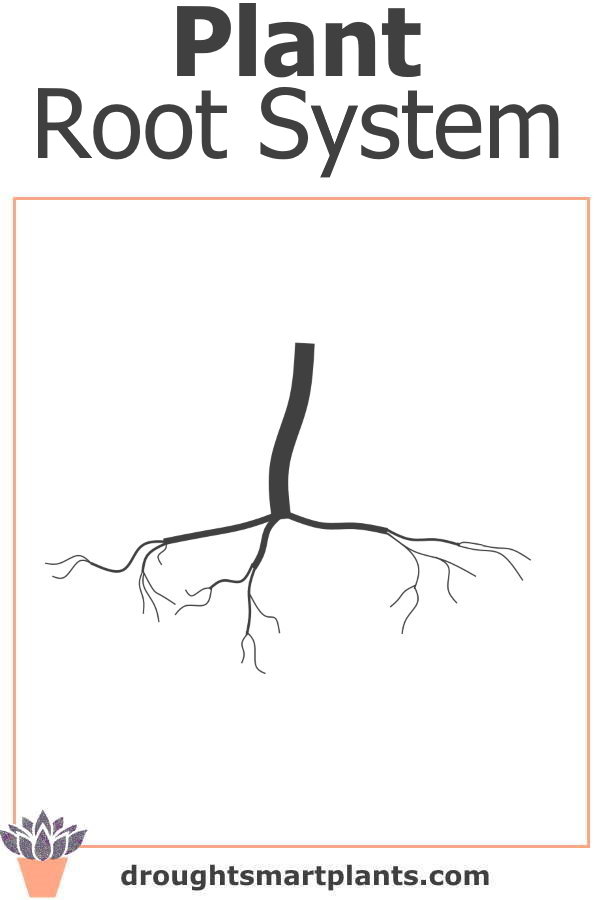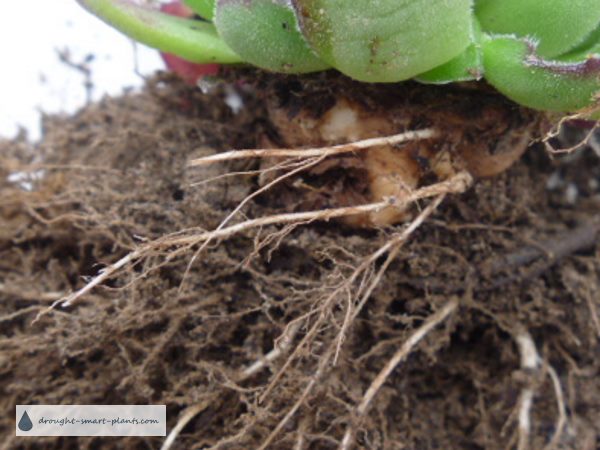The Miraculous Way Plants Find Nutrients
There are secret workings going on under the soil. The plant root system is one of them.

There are two main types of roots, both crucial to the health of the plant; a tap root, which is a long sturdy kind of growth to anchor the plant and find nutrients from a long way down, and fibrous roots close to the surface surrounding the plant.
These are equally as important, and also anchor the plant steady in the soil, but they have an important difference.
The fine hair roots provide a way for the plant to access shallow water, such as dew, or light rainfall, especially when the rest of the soil is dry.
In times of drought, the tap roots can seek out moisture from deep in the soil. I’ve seen alfalfa roots that go down to the water table, sometimes three meters down, perhaps further.
The way plants grow their roots means that the tip of the root of either type has a soft extremely porous section to obtain moisture and nutrients.
The nutrients have to be dissolved in water for the plant to be able to use them.
There is also a symbiotic relationship between roots and micorrhizae, a beneficial fungus. The roots provide the fungus with sugars, and the fungus helps the roots obtain nutrients from the soil.
The rest of the root can get very woody, and does very little in the way of absorbing moisture. The are just there to be a conduit for the water the tip of the root can obtain.

Many succulent plants show this distinct difference in the type of roots, sometimes having a tap root that looks almost carrot like.
This allows it to also store moisture, a handy trait to have in a garden that might not get watered very often. See more about Xeric Plants and Gardens here.

